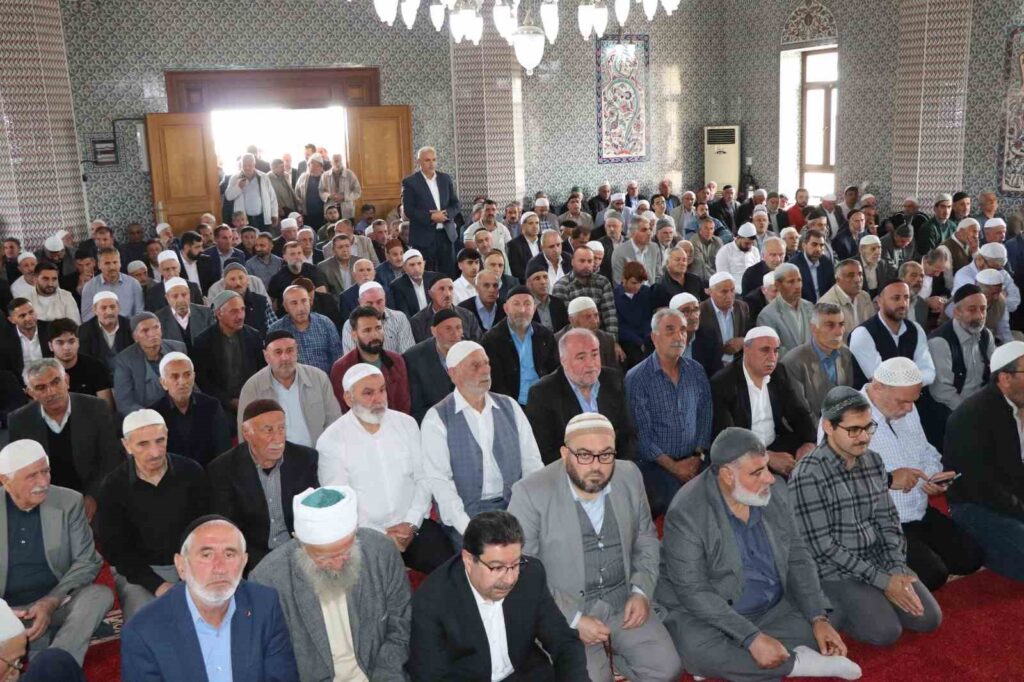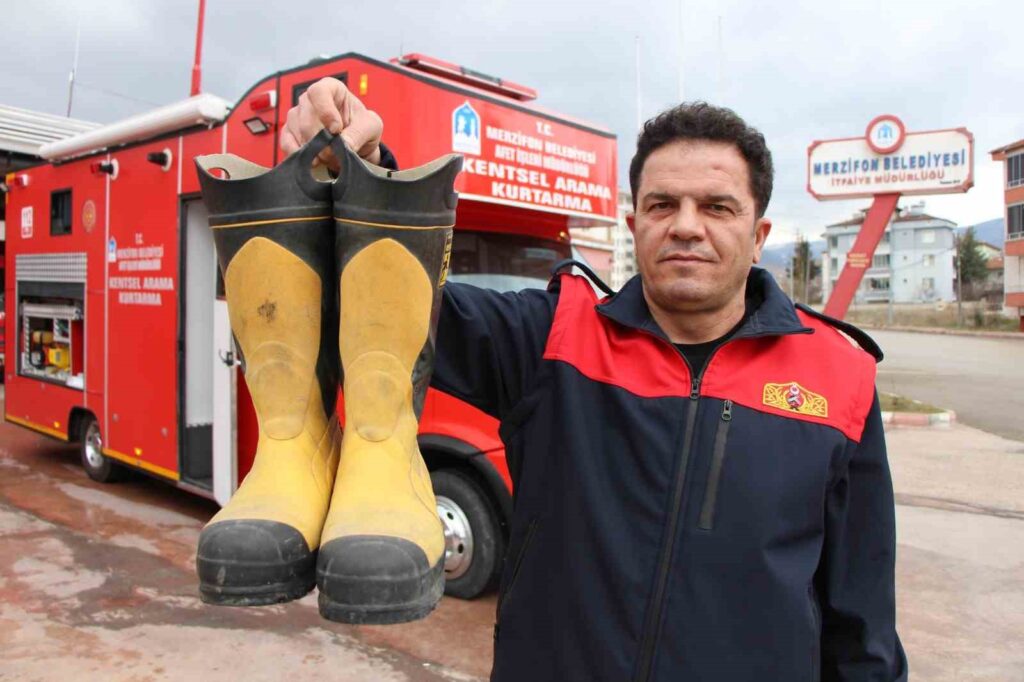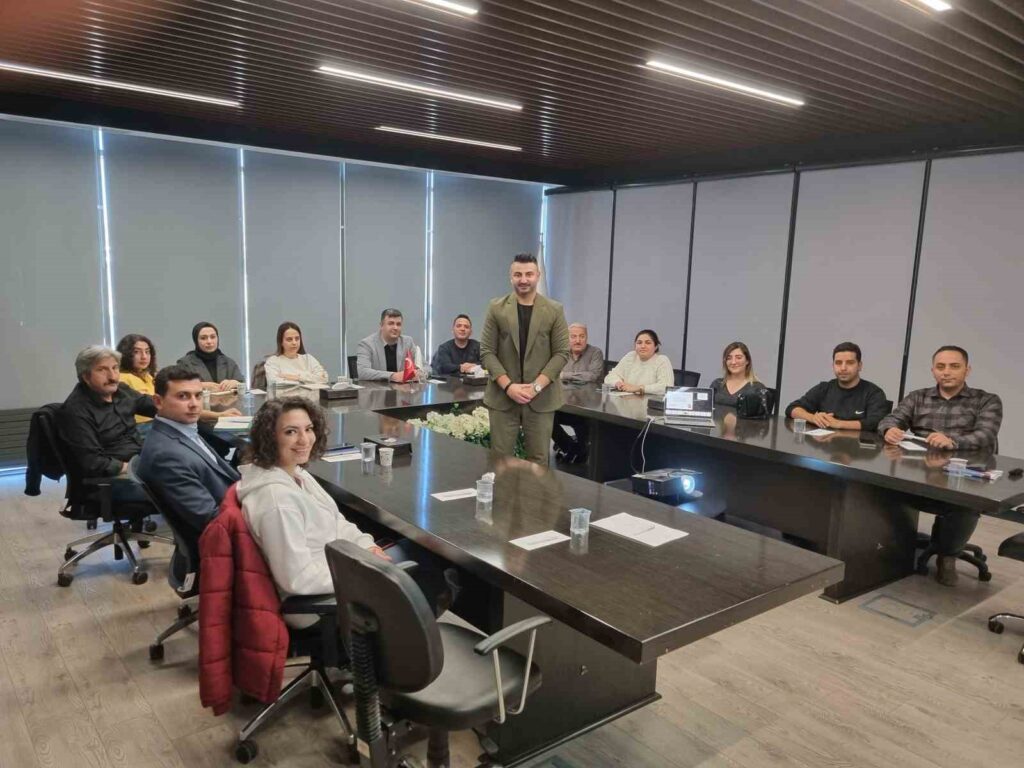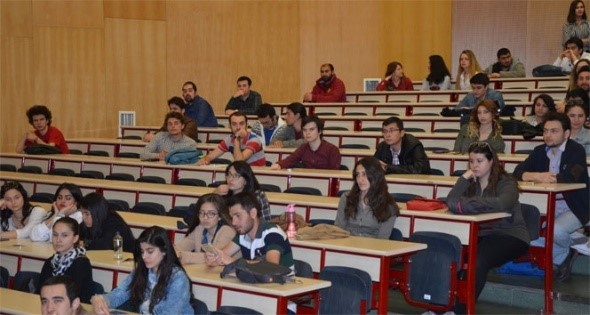“From the Depths of the Black Sea Emerges History, They’ll Dive into the “Heart” of History with This Project”

The historical artifacts reached in the first scientific underwater excavation in the Kerpe Cove of the Black Sea shed light once again on the hidden cultural treasure of the region known as “Kalpe,” which has always held a prominent place on the stage of history. Excavations in Kerpe, where dozens of historical artifacts ranging from the 4th century BC to the 12th century AD have been unearthed, will contribute to diving tourism with a new momentum through a project scheduled to be completed this year, turning it into an “underwater archaeopark.”
Kerpe, located in the Kandıra district of Kocaeli, opening to the Black Sea, has been a prosperous commercial center since the Hellenistic period, known for its fertile climate and prominently named “Kalpe” in Greek, meaning “dish, pot, jug, jar,” becoming a commercial hub in every period. Kerpe Cove, a stopping point for ships during the Roman, Byzantine, and Genoese periods, also met the needs of Istanbul, such as wood, coal, and timber, during the Ottoman period.
Turkey’s first scientific underwater excavation on the Black Sea coast was carried out in Kerpe Kerpe, which has always been active in commercial life throughout history, initiated underwater excavation works in 2020 due to the majority of the remains of the ancient Kalpe Harbor being underwater. Under the permissions of the Ministry of Culture and Tourism, General Directorate of Cultural Assets and Museums, this work, carried out by the Kocaeli Museum Directorate, has sparked great interest as Turkey’s first scientific underwater excavation on the Black Sea coast.
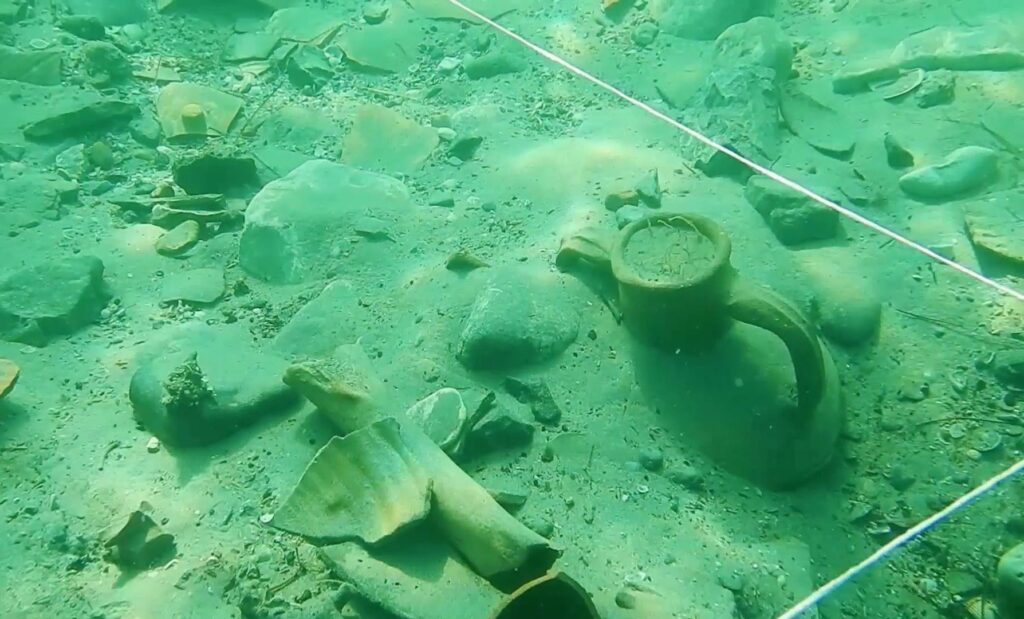
History emerges from beneath the waters The excavation team, diving to reach the remains spread over an area of approximately 2,000 square meters, encountered traces of the past 80 meters from the shore, at a depth of 4 meters. Uncovering historical artifacts dating from the 4th century BC to the 12th century AD, the teams retrieved two parts of the ancient harbor’s dock and numerous remnants of amphorae (two-handled jars specific to the ancient period) from underwater. These artifacts were exhibited to history enthusiasts under the title “Silent Harbor of the Black Sea: Kalpe” at the Kocaeli Archaeology Museum. Visitors to the museum are accompanied by the Kocaeli Museum Directorate Çukurbağ Archaeological Excavation Team, who provide information about the excavations and the historical artifacts recovered.
Furthermore, the “Kerpe Underwater Archaeopark Project,” prepared by the Kocaeli Museum Directorate, has been accepted within the Support Program of the Eastern Marmara Development Agency (MARKA). With the realization of the project, Turkey will have its first underwater archaeopark displaying authentic artifacts. This will not only boost tourism potential in the region but also open it up to diving tourism.
Special exhibition for the Republic’s 100th anniversary Speaking to the Ihlas News Agency (İHA) Reporter, Serkan Gedük, Director of the Kocaeli Museum, explained that they had reached significant artifacts during the underwater excavation conducted under the auspices of the Ministry of Culture and Tourism, General Directorate of Cultural Assets and Museums. Gedük stated that they exhibited the cultural assets they obtained in the Kocaeli Archaeology Museum, dedicated to the Republic’s 100th anniversary, emphasizing that the exhibition titled “Silent Harbor of the Black Sea: Kalpe” was organized to highlight the underwater historical richness of the region.
“The cultural assets uncovered provide significant chronology” Serkan Gedük emphasized the importance of this study conducted in Kerpe Cove, noting that it is Turkey’s first scientific underwater excavation on the Black Sea coast, and therefore holds great significance. He stated, “We believe that it is also extremely valuable in emphasizing the commercial relations of the Eastern and Western periods from the Ancient Age to the Ottoman period in the Black Sea. In this context, during underwater excavations, we try to exhibit the cultural assets reflecting many underwater cultural heritages, from commercial amphorae remnants providing a significant chronology dating back to the 4th century BC to the 12th century AD, to red-lined ceramics, candlesticks, pipe fragments from the Ottoman period, and shipwreck remnants we identified in the region.”
The aim is to open up the region to diving tourism Museum Director Serkan Gedük also stated that their goal is not only to conduct excavations but also to promote the region for tourism. He noted that with the support of the Ministry of Culture and Tourism, under the sponsorship of the General Directorate of Cultural Assets and Museums, and with the support of the Eastern Marmara Development Agency, the “Kerpe Underwater Archaeopark Project” will be implemented in the region. Gedük stated that this project, which will be a pilot study, aims to be completed within 2024, adding, “The aim of the project is to open up the region, especially to diving tourism. Thus, there are various awarenesses such as increasing awareness of underwater cultural heritage in the region and increasing inclination towards diving tourism, and increasing the number of dives to the Black Sea. At the same time, it is aimed to introduce the traces of cultural heritage in the region as destination points, not only for diving tourism.”
“I was very interested in the items unearthed from underground” Alper Er, a 6th-grade student who examined the historical artifacts in the museum, said, “The museum is incredibly beautiful. They have done very nice work. I liked the underwater section of the museum the most.” Aybüke Binci, who examined the artifacts unearthed from underwater with admiration, said, “Visiting the museum left a very nice impression on me. I was very interested in the items unearthed. After all, we live by the sea. It is also very nice that this exhibition was held. It is honorable for us to see such works being done and to see them.”



